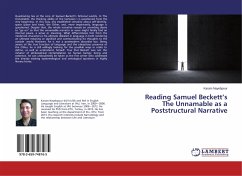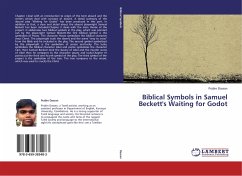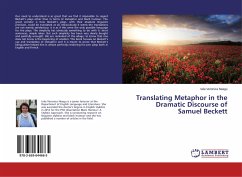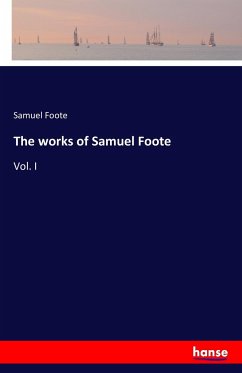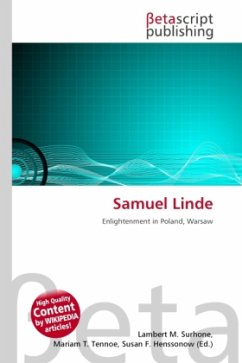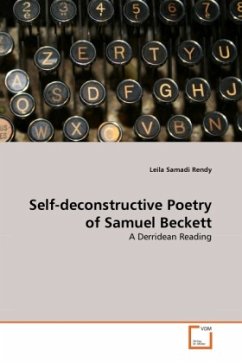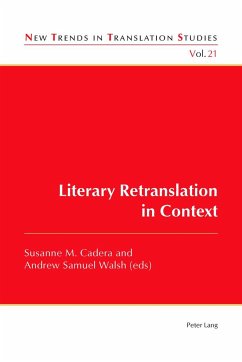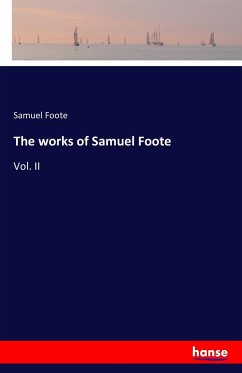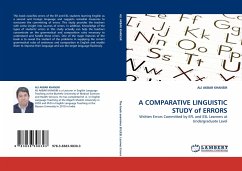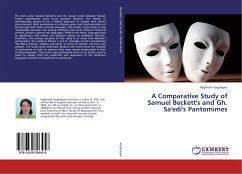
A Comparative Study of Samuel Beckett's and Gh. Sa'edi's Pantomimes
Versandkostenfrei!
Versandfertig in 6-10 Tagen
41,99 €
inkl. MwSt.

PAYBACK Punkte
21 °P sammeln!
The Irish writer Samuel Beckett's and the Iranian writer Gholam Hossein Sa'edi's pantomimes share some common features. The theory of intertextuality proves to be a helpful approach to analyse their shared characteristics. Both pantomime as a literary genre and intertextuality as a literary approach have universal purposes. The former is the study of any relationship between and among different texts from different historical periods, cultures, genres and languages. While in the latter, language loses its significance and mimes and gestures replace its mediatory function. Therefore, the primar...
The Irish writer Samuel Beckett's and the Iranian writer Gholam Hossein Sa'edi's pantomimes share some common features. The theory of intertextuality proves to be a helpful approach to analyse their shared characteristics. Both pantomime as a literary genre and intertextuality as a literary approach have universal purposes. The former is the study of any relationship between and among different texts from different historical periods, cultures, genres and languages. While in the latter, language loses its significance and mimes and gestures replace its mediatory function. Therefore, the primary purpose of this study is to show how Beckett's pantomimes "Act without Words I and II" resemble Sa'edi's pantomimes "the Black Hoopoe, Hapless and Murk" in terms of themes, structure and symbols. The study shows that both Beckett and Sa'edi chose the medium of pantomime in order to express what were mainly inexpressible in their writing languages. They both used pantomime form as an artistic need in order to escape from the constraint and oppression of the dominant language and their sociopolitical circumstances.



